The Mindfield CemeteryBilly Tripp
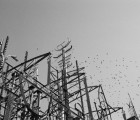
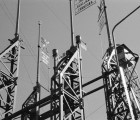
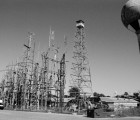
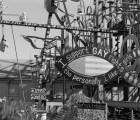
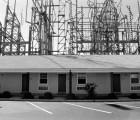
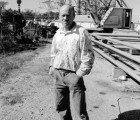
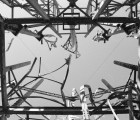
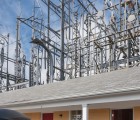
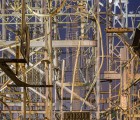
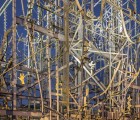
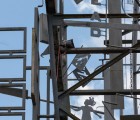
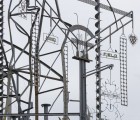
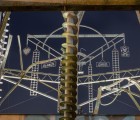
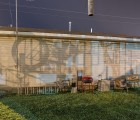
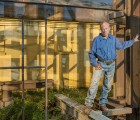


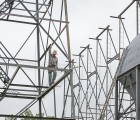

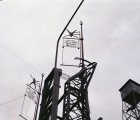

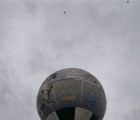

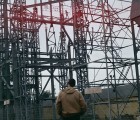
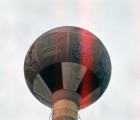
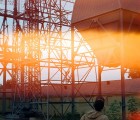
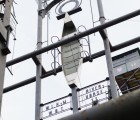
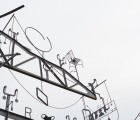
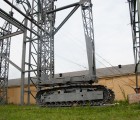
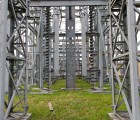
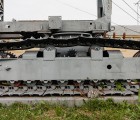
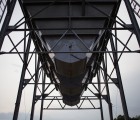
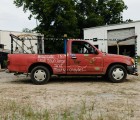
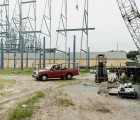
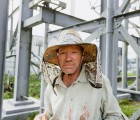

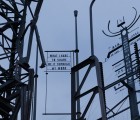



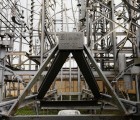
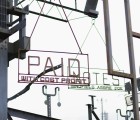
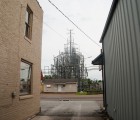
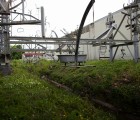
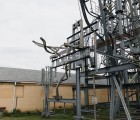
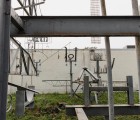
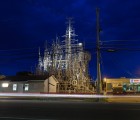

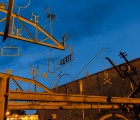
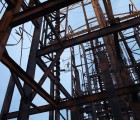
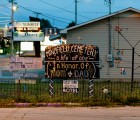

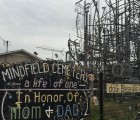

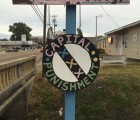
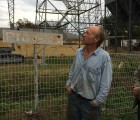

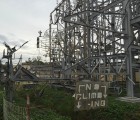
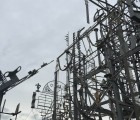
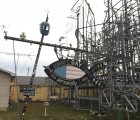

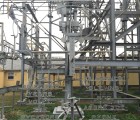
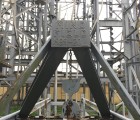
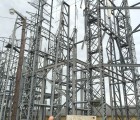
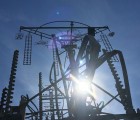
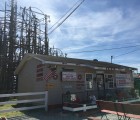
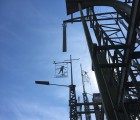
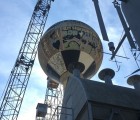
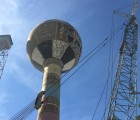
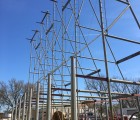

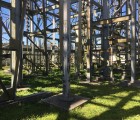
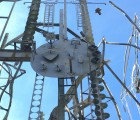

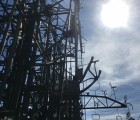
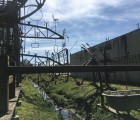
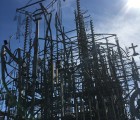
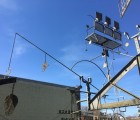
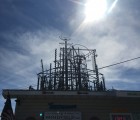
Extant
344 West Main Street, Brownsville, Tennessee, 38012, United States
1989 to present
The Mindfield Cemetery is viewable from the street and an alley that runs along the right side of the site. Speak with Anthony Turner, creator of the Mindfield and Master Barber Shop Menagerie Museum at the front of the site, about a tour.
About the Artist/Site
Neighboring the Haywood County courthouse in Brownsville, Tennessee, an imposing structure of gray-painted steel lords over the bucolic landscape. Under perpetual construction for decades, this half-acre construction–with a centerpiece taller than Simon Rodia’s Watts Towers–has been dubbed The Mindfield Cemetery by its maker, Billy Tripp, who plans to be interred there. At once an audacious act of metallic memoir, provocative commentary, architectural obsession, and unbridled creativity, the Mindfield is Tripp’s life writ large, a crane-composed garden of delights that is one of the most unique examples of self-taught art in the world and arguably the most massive statement of autobiographical art ever undertaken.
Born in 1955 in nearby Jackson, Tennessee, William Blevin Tripp is the middle son of a Methodist minister, Charles Tripp, who also ran a successful country ham business. Billy didn’t take to either profession but instead developed, from a child, a fascination with metalworking. His formal training, however, was limited to a few weeks of trade school and some art classes at Memphis State University (now the University of Memphis), where he discovered the abstract expressionist sculptures of David Smith, an admitted influence.
When his mother Mable Tripp died in 1977, he began writing a novel, The Mindfield Years (Billy Pyrene’s Biography of Ned), Vol. 1: “The Sycamore Trees.” Self-published in 1996, the 725-page tome is equal parts Roman à clef, Southern gothic saga, and philosophical tale; it is also an inseparable companion to Tripp’s physical manifestation of the Mindfield (indeed, the biographemes of one populate the other not unlike the visual and literary worlds of Henry Darger). In recent years, Tripp has published additional volumes of the literary work.
Tripp, who considers himself something of an atheist, defines the Mindfield as an “outdoor steel church” and notes that it is his “grave marker.” It is also a cenotaph to his deceased parents, buried in a nearby cemetery. Shortly before he died in 2002, Billy’s father Charles helped him haul a 110-foot-tall water tower from Kentucky that now reads–as does a site welcome sign–“In Honor of Mom + Dad.” It resides next to a companion fire tower and a third tower that rises even higher at 127 feet.
Today, Tripp’s feat of idiosyncratic engineering bears its own address, 1 Mindfield Alley, and has grown from an initial impulse in 1989 to border off some yard clutter into the fantastic “field of his mind.” Painted in his favorite color, battleship gray, the Mindfield’s mélange of girders, beams, repurposed scraps of junk metal, and salvaged objects abounds with curious and capricious elements such as a lone lawn chair perched mid-air, a crucifix made of piping, and Dadaist-like use of messaging (“doG Bless What e?ver”). Among the more moving details is the visual “stutter” that Tripp kept in for a rumination on his father: “And and so now Billy begin your life without him.”
Unlike many examples of art environments, the Mindfield is not overtly religious nor is it rife with patriotic, historical, and/or vernacular commentary. That it can be viewed by the public is a by-product of its real intent, says Tripp, who likens his magnum opus to an open-ended visual and verbal conversation with himself, one that will be finished only when he dies. “I didn’t make it big for others to see it. I made it big so I could see it. I want it to talk back to me.”
Tripp, who has been documented by the Smithsonian Institution, has permission from the City of Brownsville to be buried at the Mindfield, and he has arranged for the Kohler Foundation to assume ownership upon his death.
Further Reading
- Décimo, Mark, and Sandra Persuy. “Megalometallic Hero-Making; or, The Ordinary in the Life of Billy Tripp.” The Southern Quarterly 39, nos.1-2 (2000-2001): 136-151.
- Ellis, William L. “Billy Tripp’s Mindfield.” Folk Art Messenger (Journal of the Folk Art Society of America) 26, no. 2 (Spring/Summer 2015): 9-13.
- “Tripp, William Blevin (Billy).” In Carol Crown and Cheryl Rivers, ed., Folk Art, vol. 23, The New Encyclopedia of Southern Culture, ed. Charles Reagan Wilson (Chapel Hill: University of North Carolina Press, 2013), 438-39.
- Tripp, Billy. The Mindfield Years (Billy Pyrene’s Biography of Ned), Vol. 1: “The Sycamore Trees” (Brownsville, Tenn.: Mindfield Press, 1996).
Narrative by William L. Ellis, Associate Professor of Fine Arts at Saint Michael's College in Vermont.
Contributors
Materials
scrap metal
Map & Site Information
344 West Main Street
Brownsville, Tennessee, 38012
us
Latitude/Longitude: 35.5935312 / -89.2669239
Nearby Environments


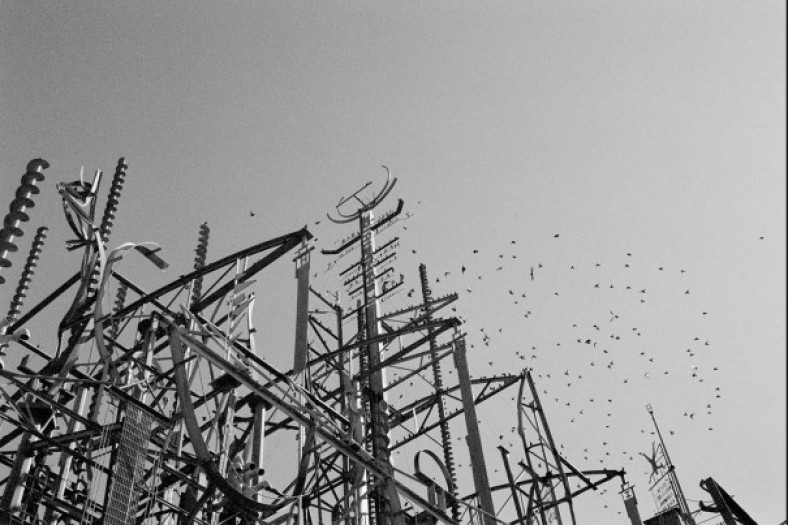
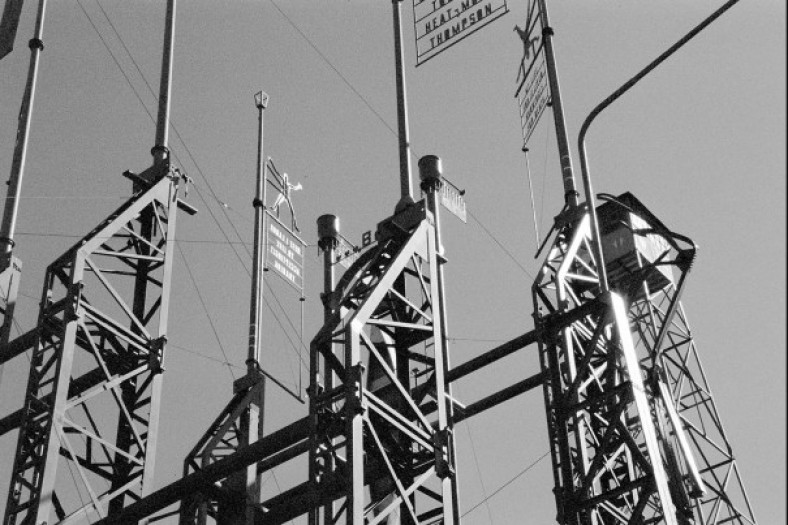
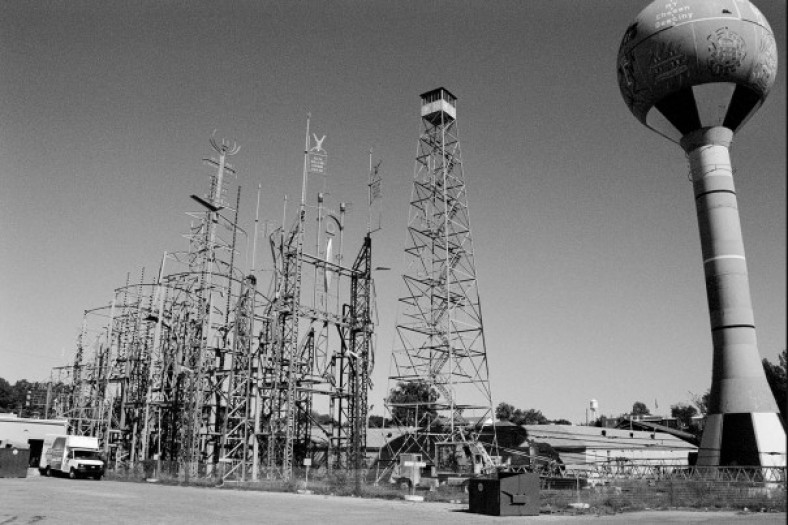
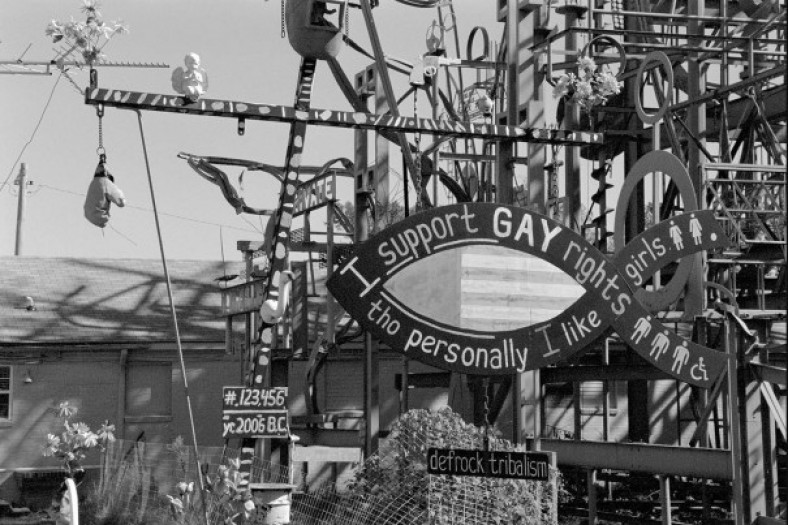

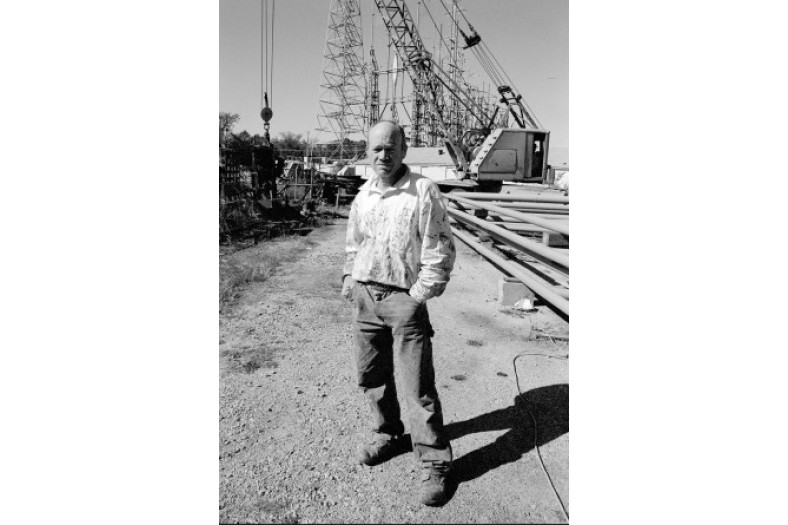
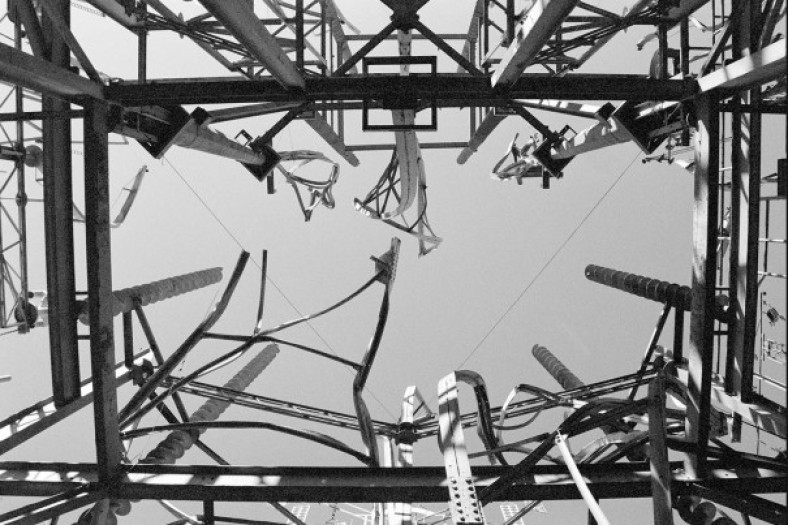
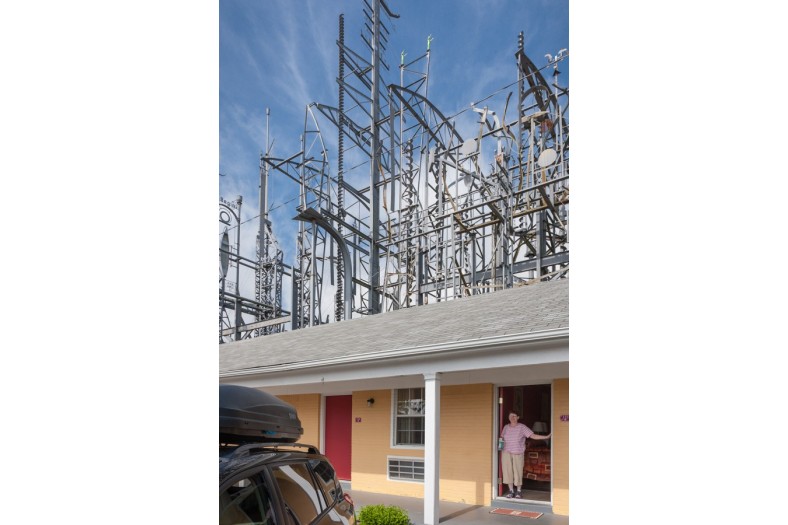
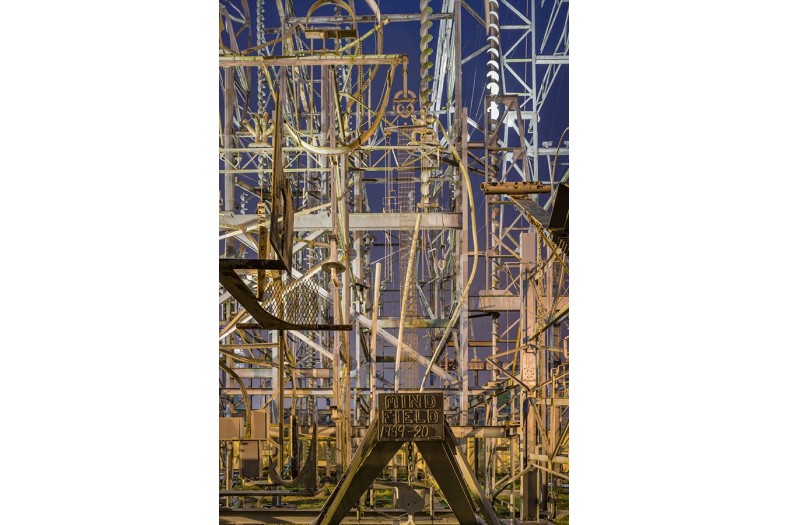

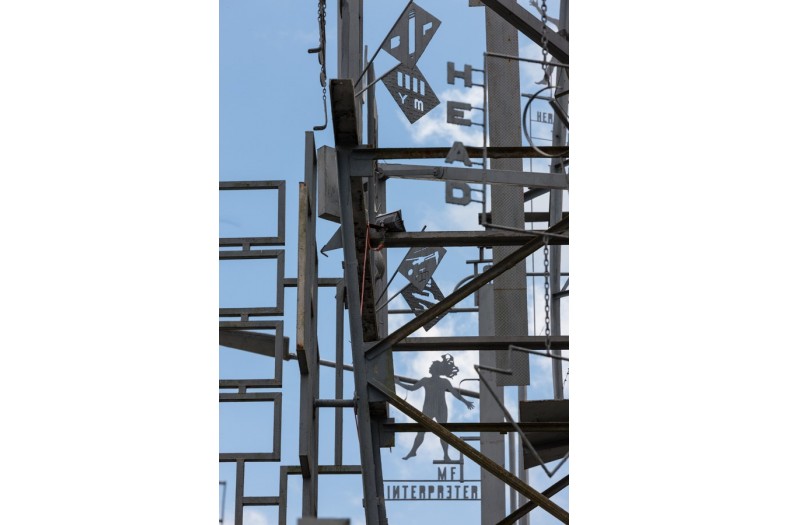
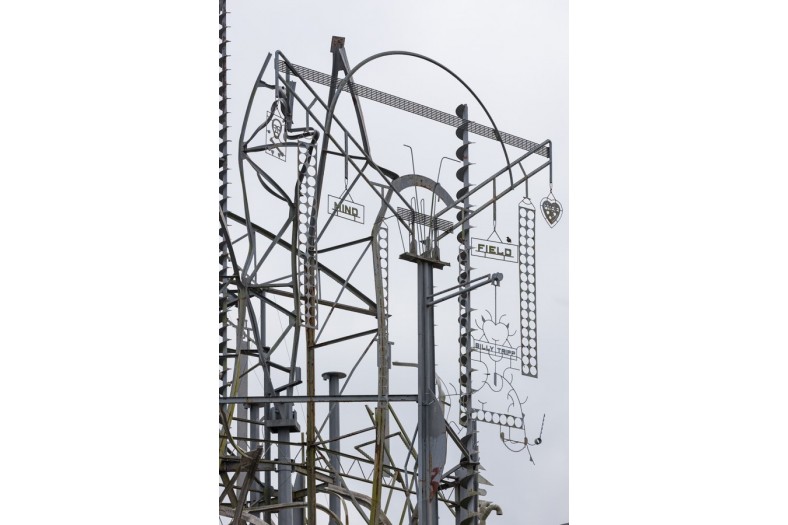
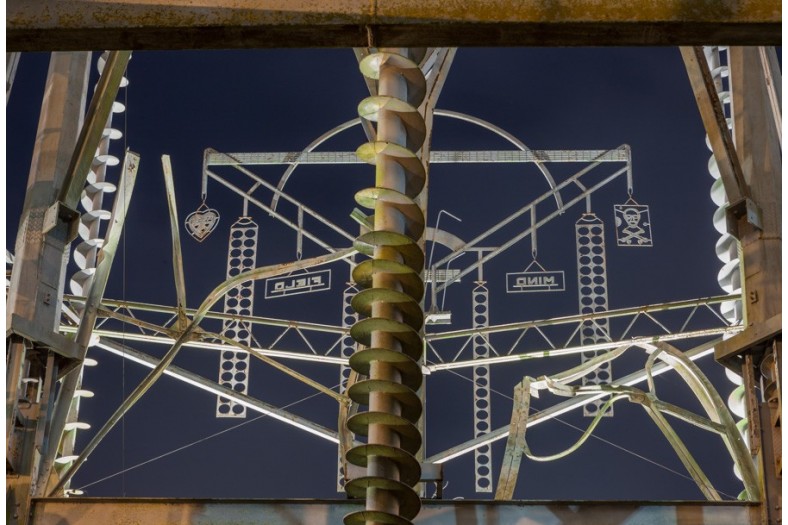
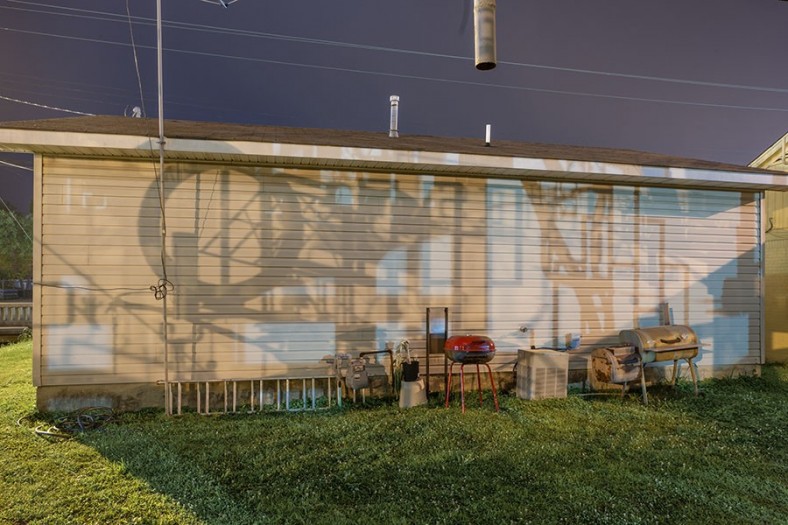
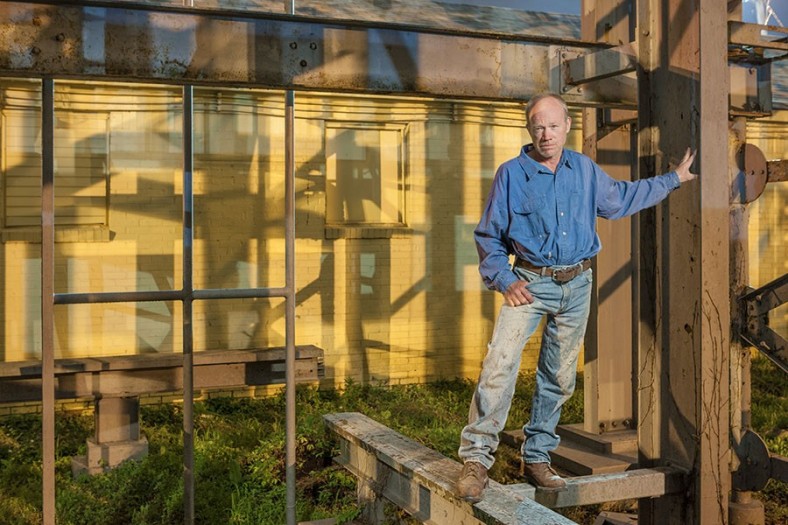
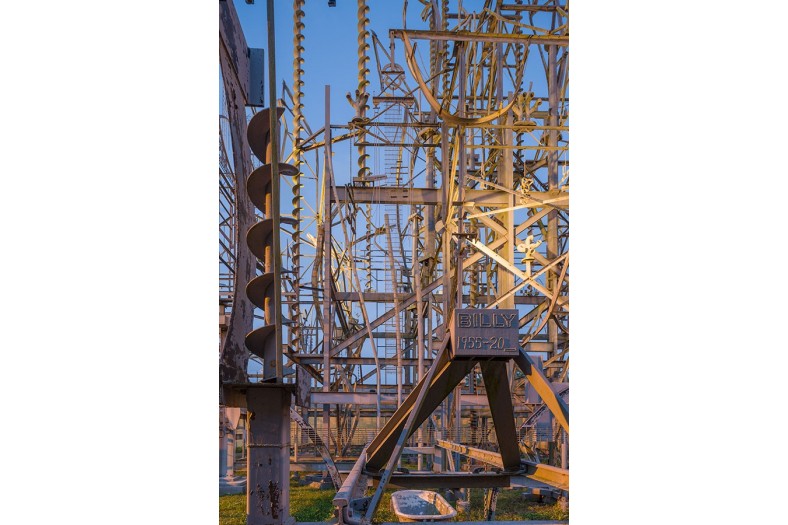


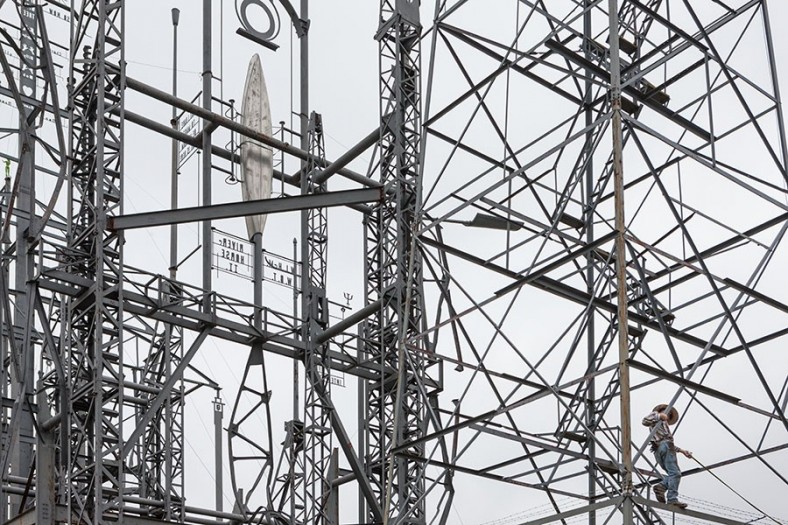
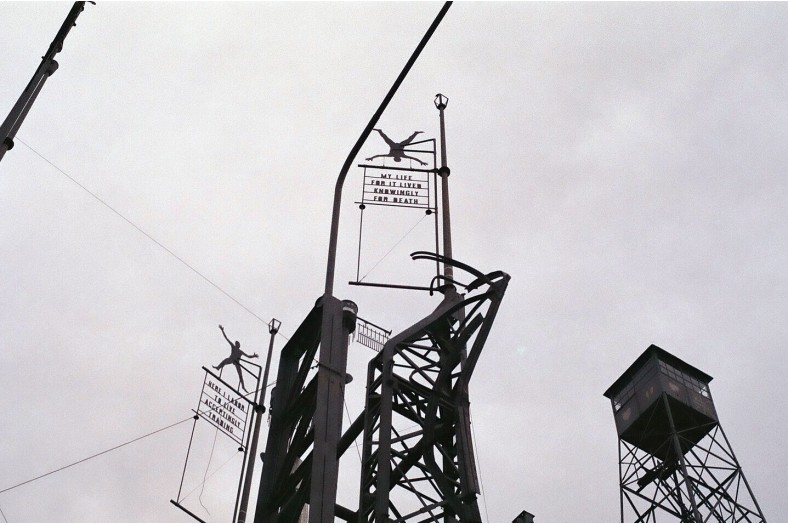
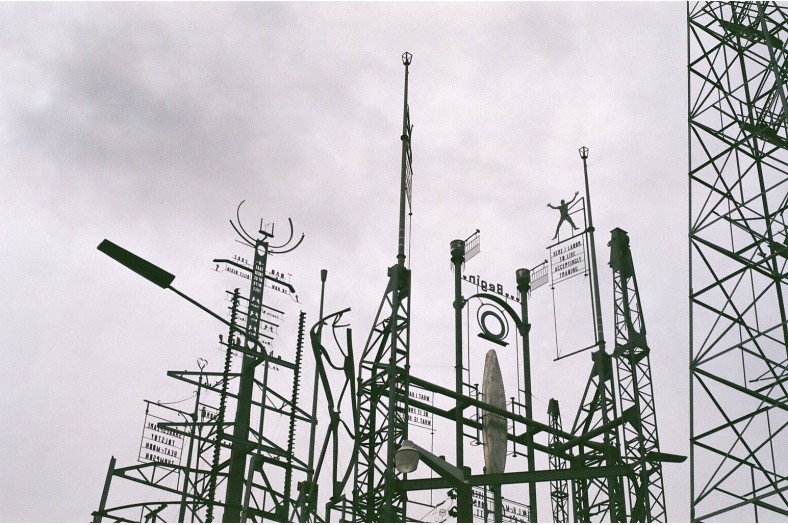
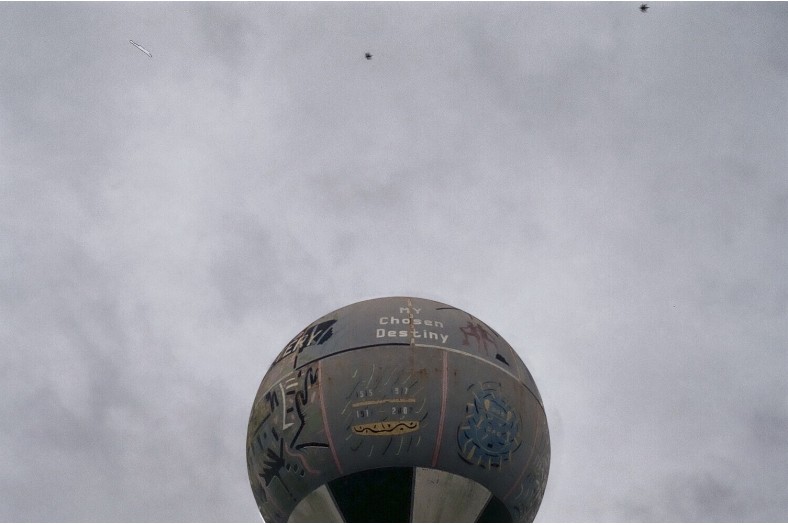
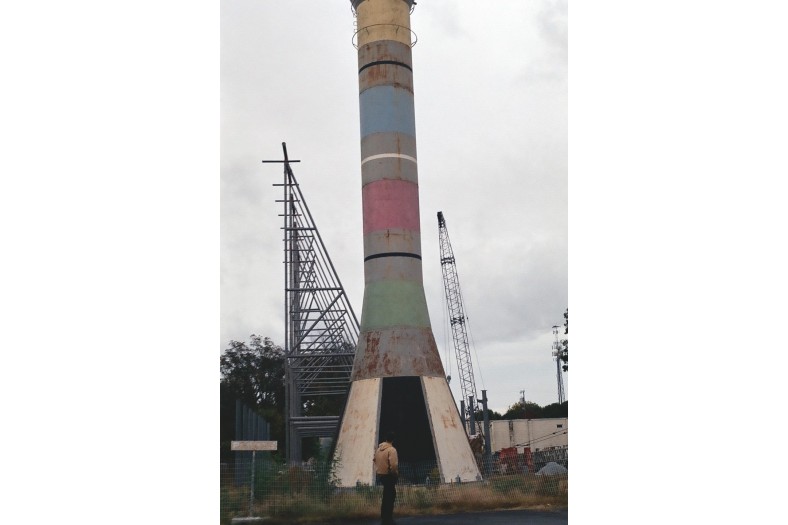
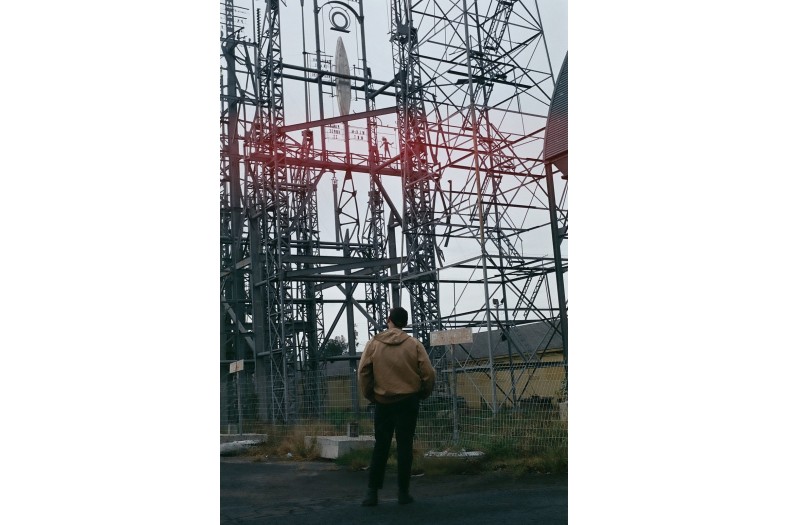
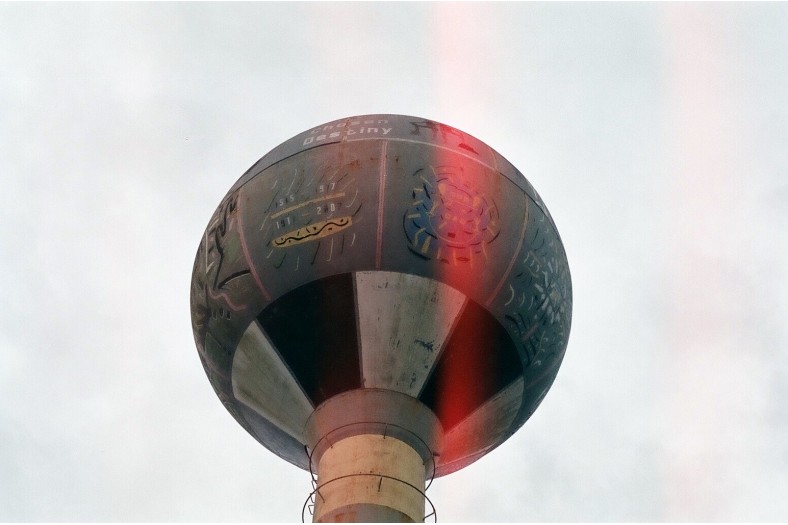
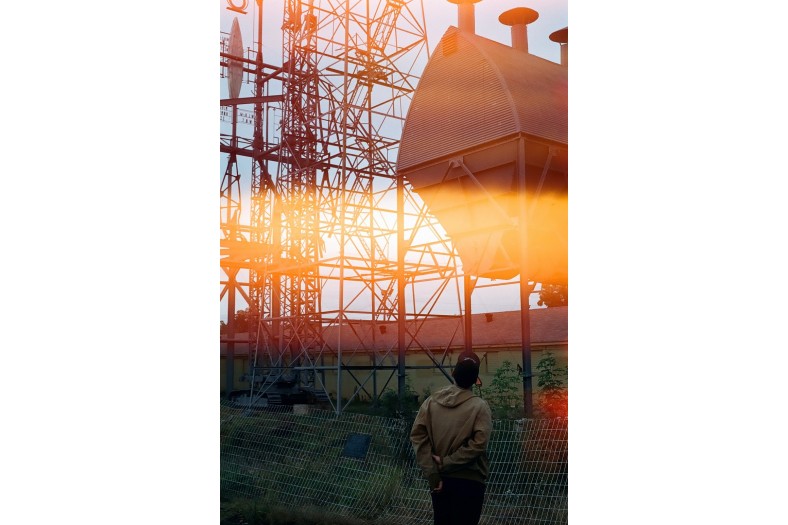
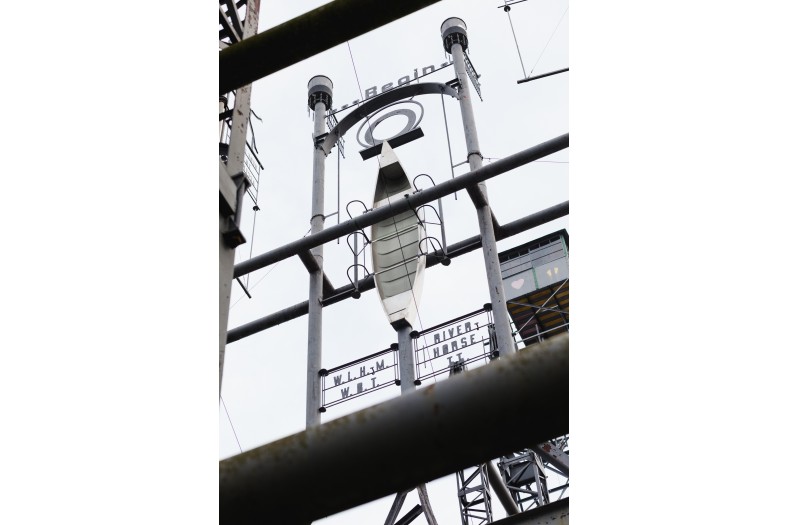
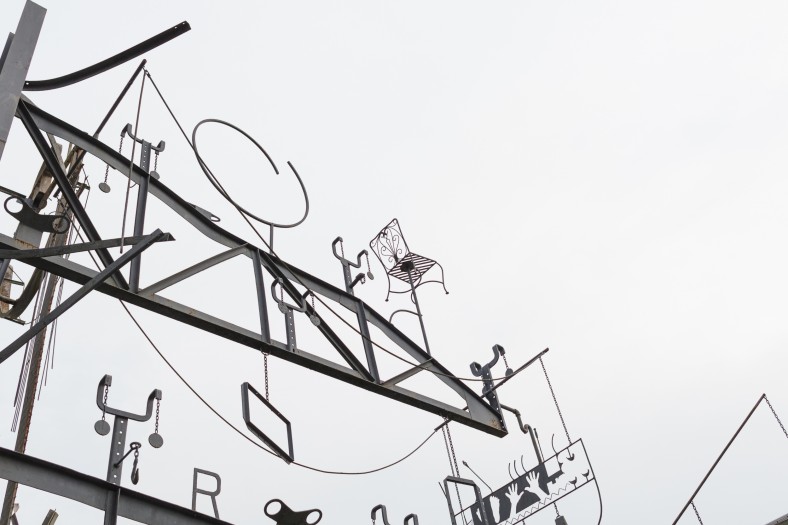
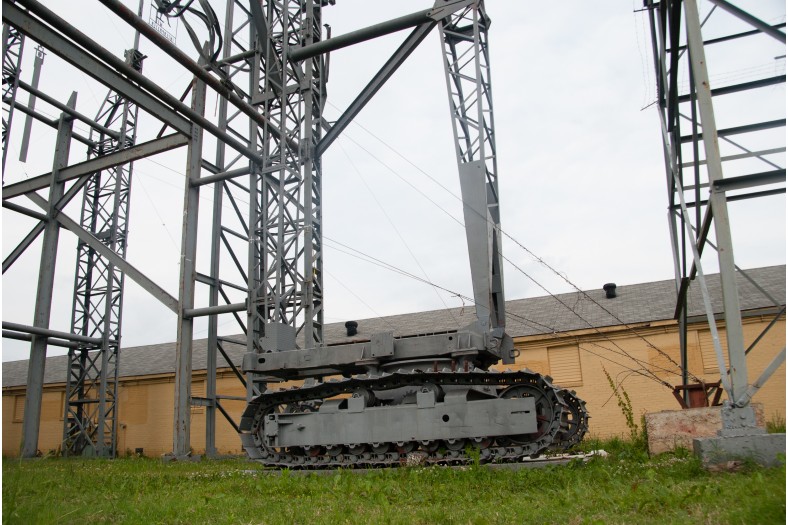
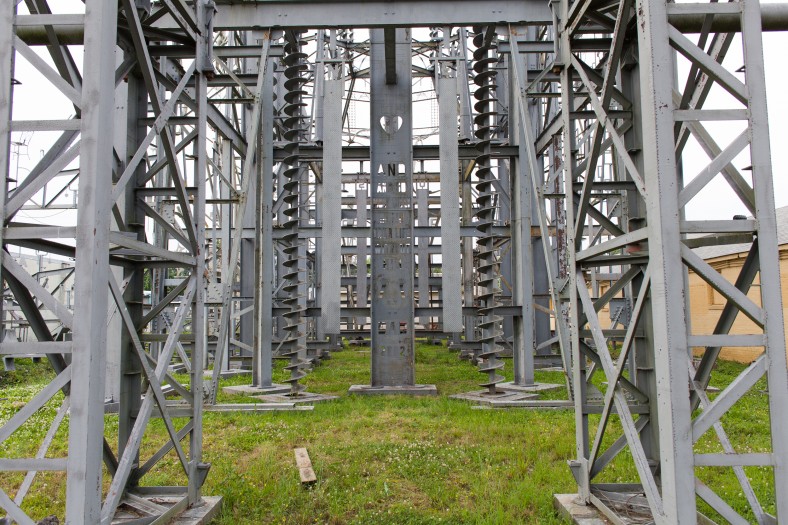
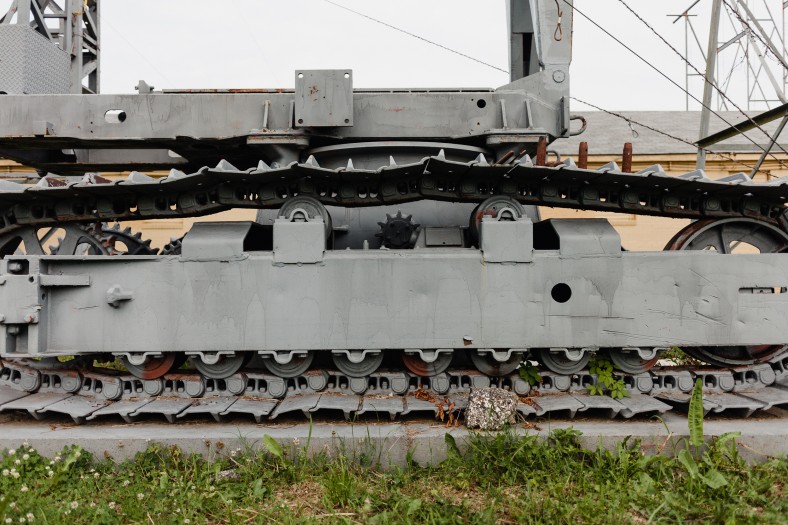
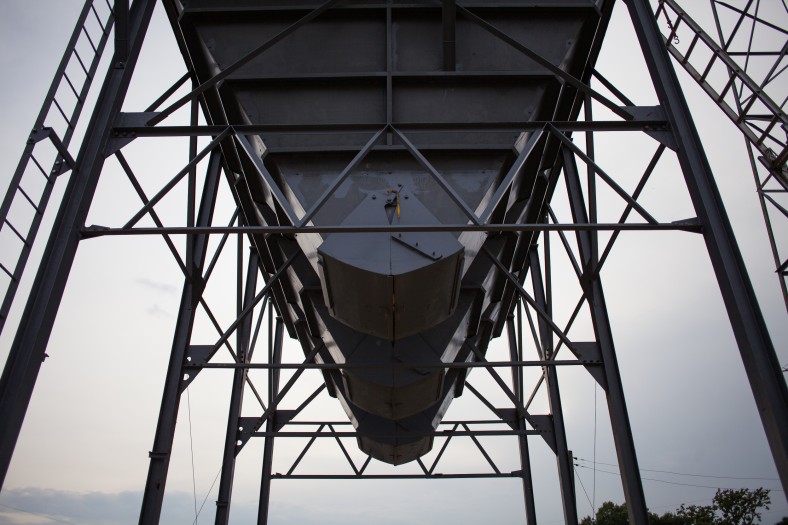
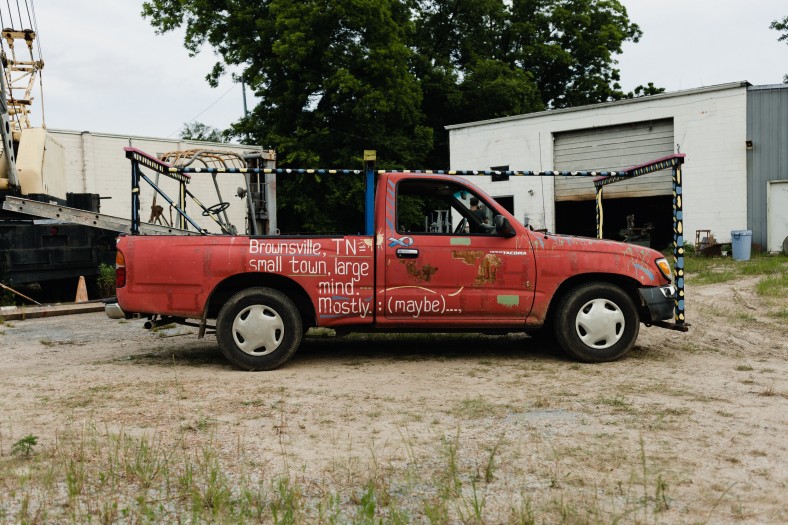
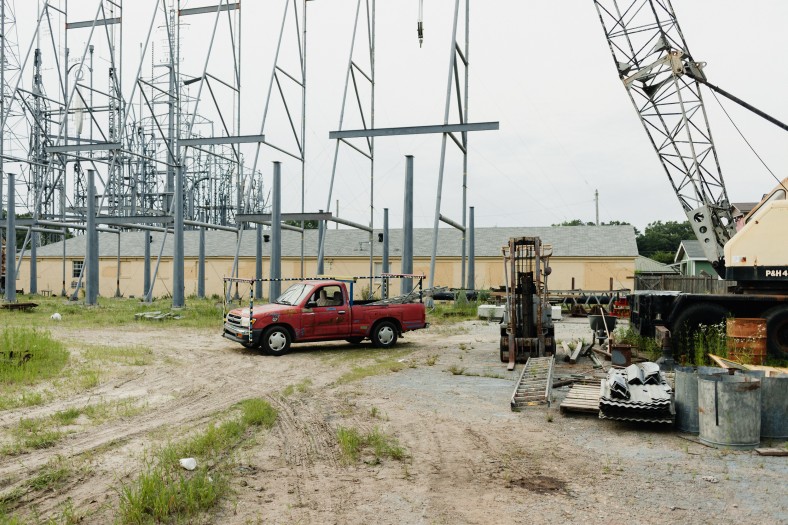
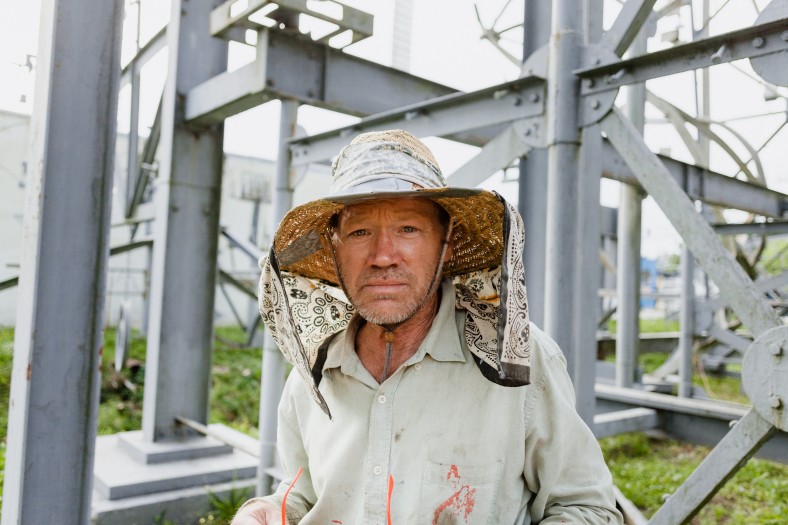

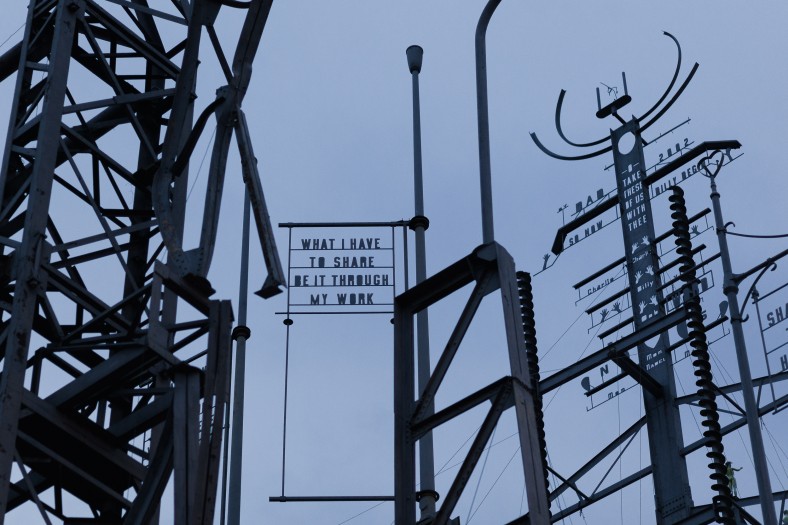


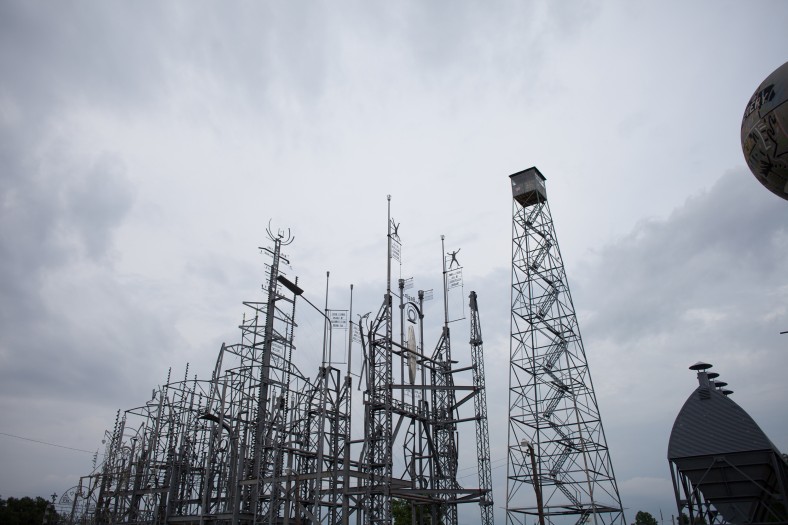
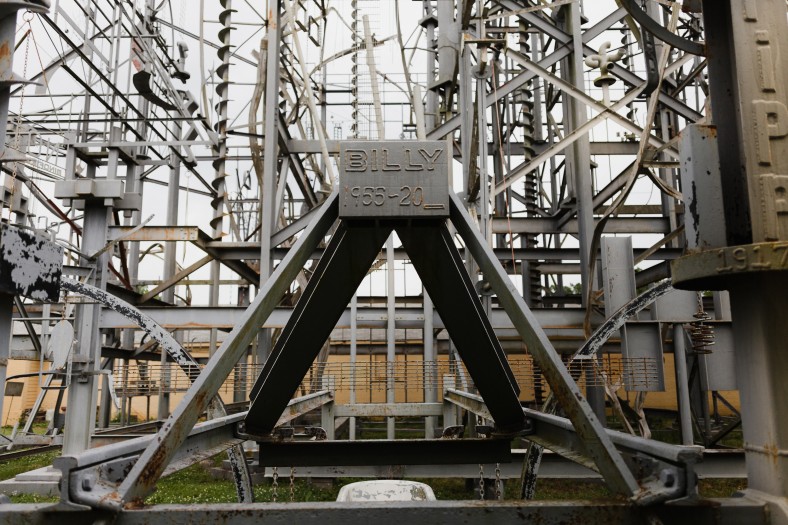
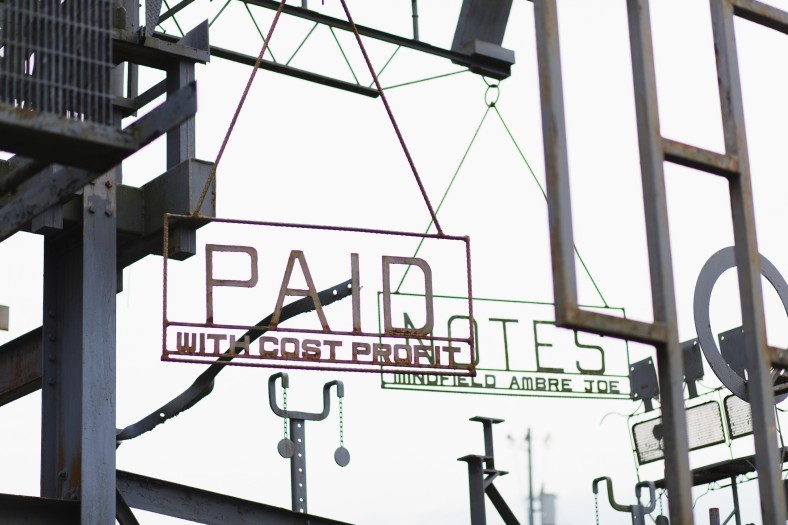
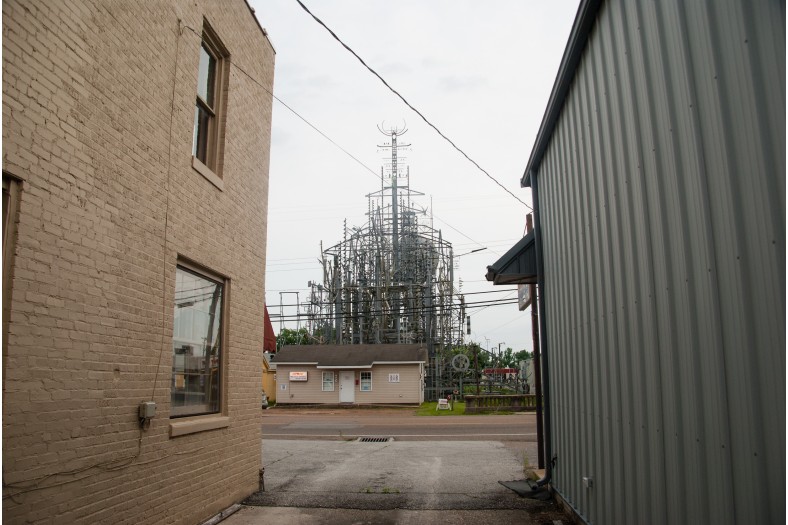
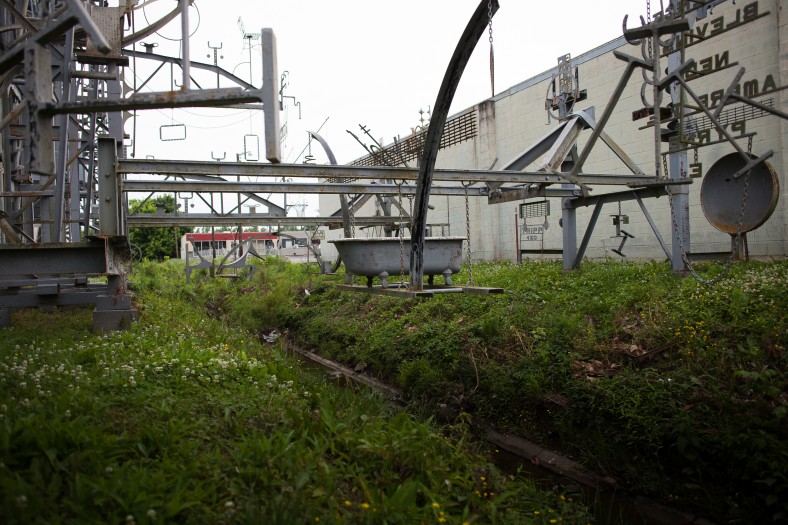
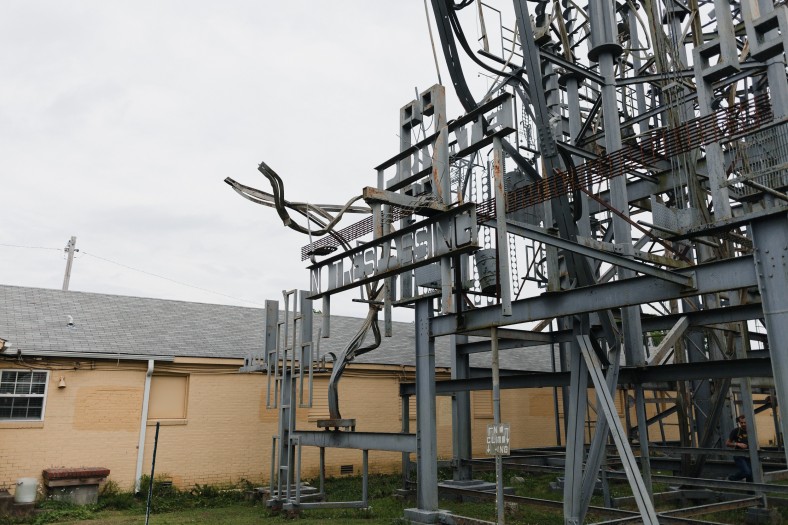
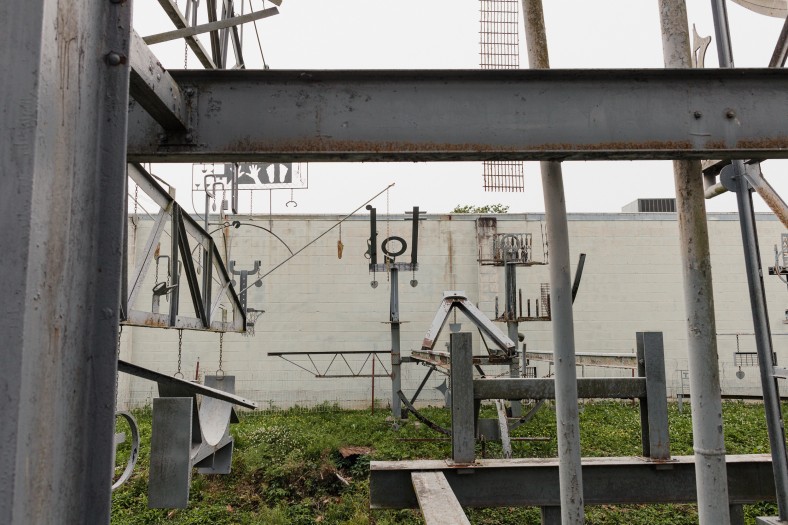
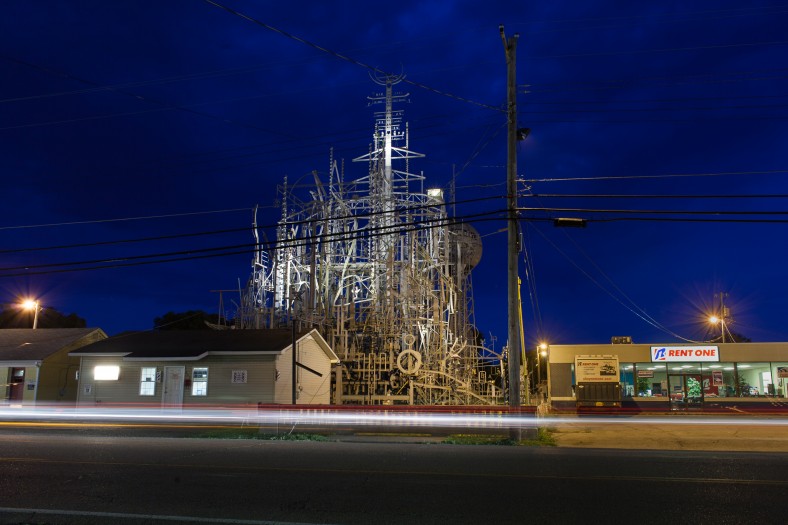

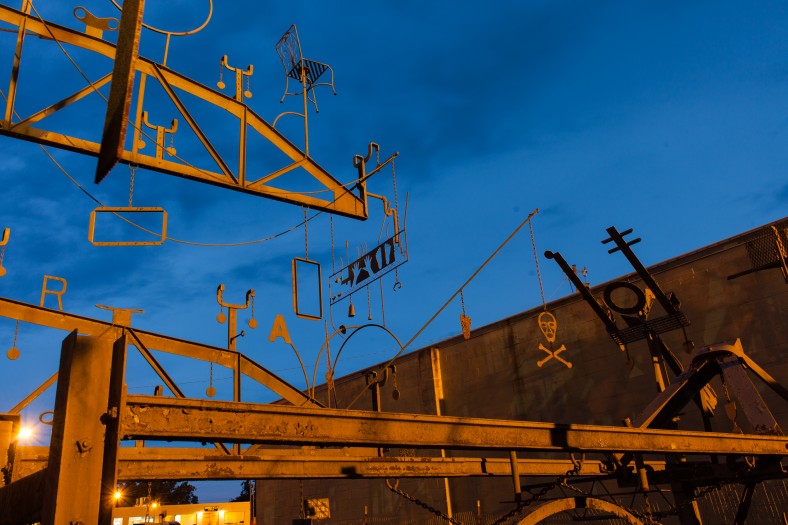

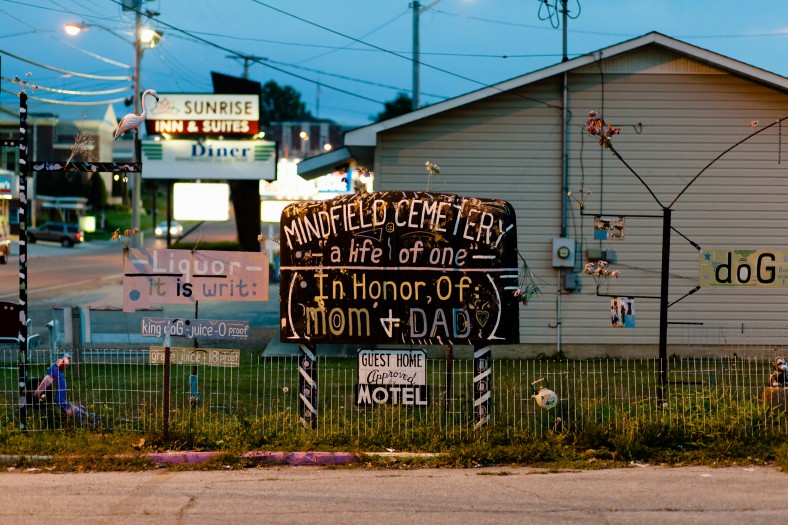

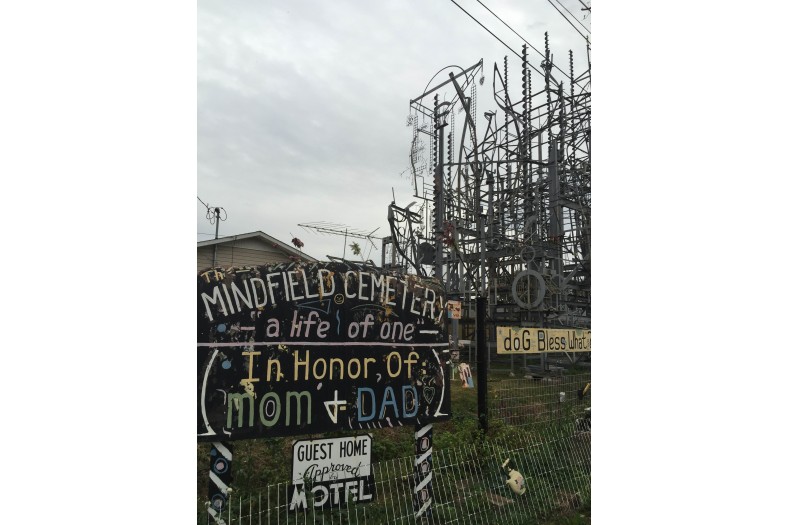
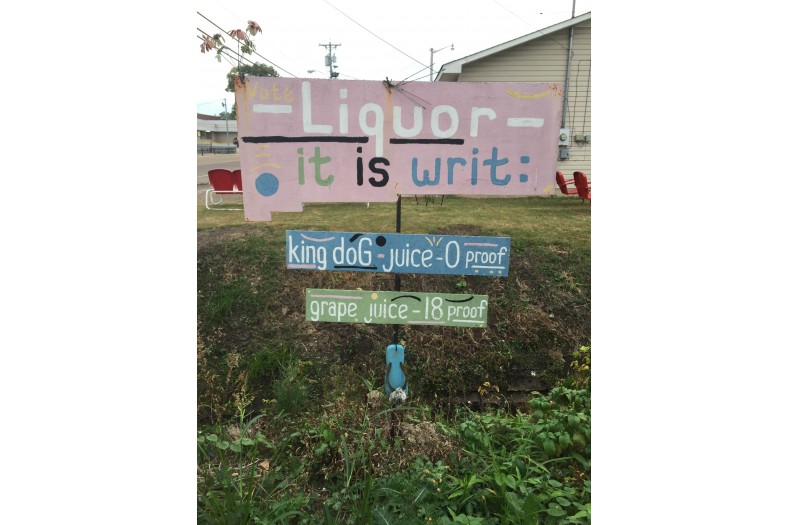

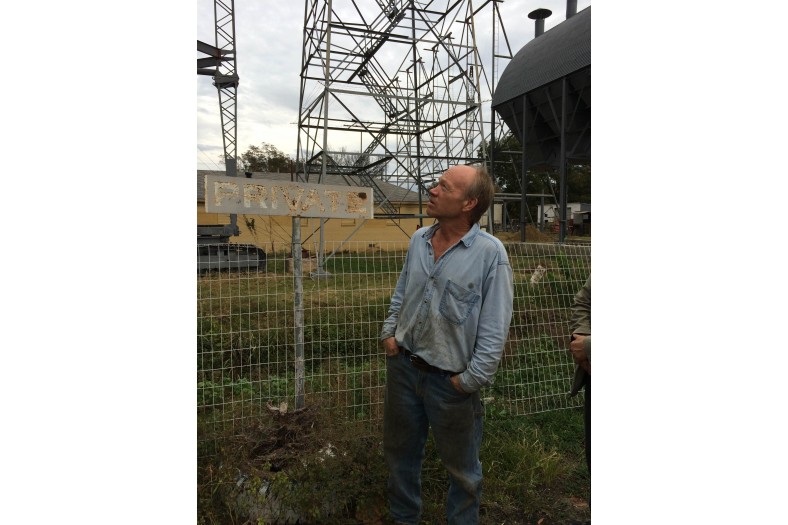
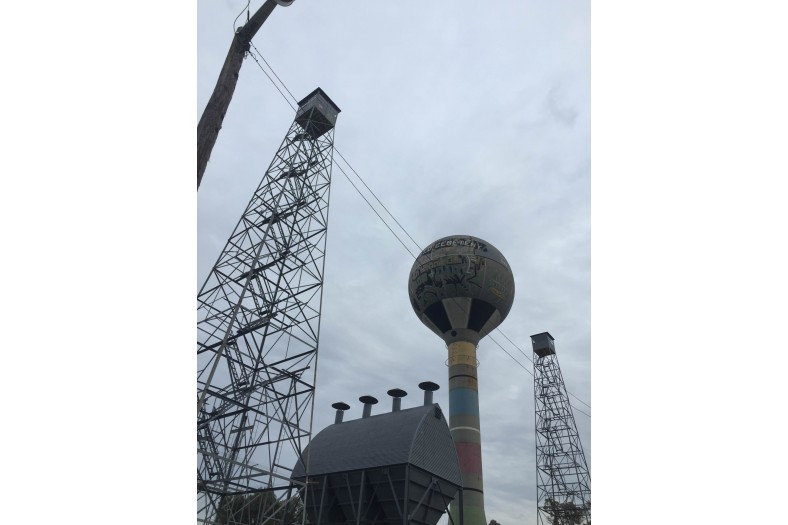
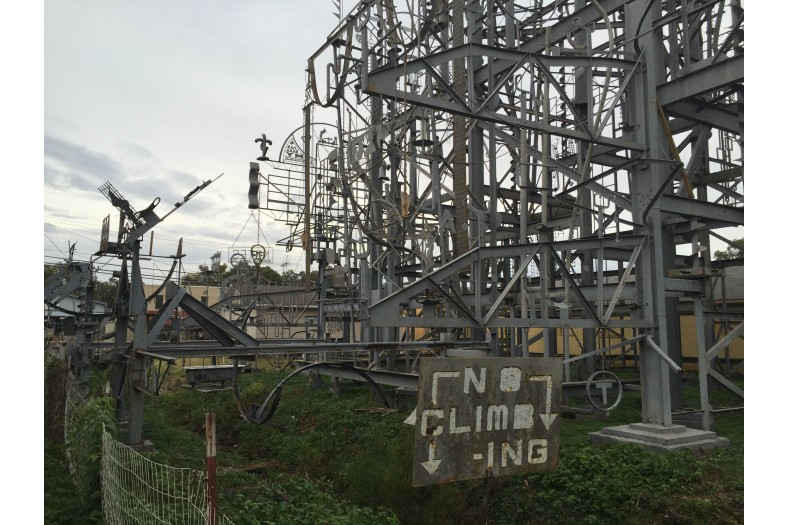
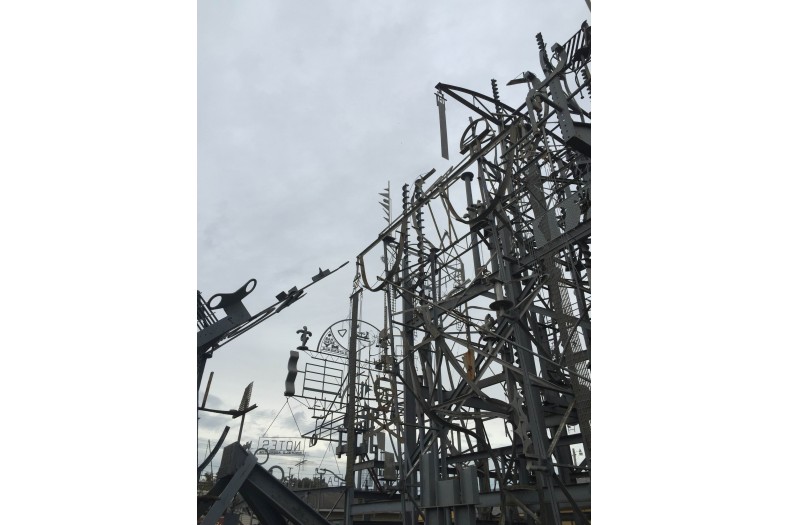
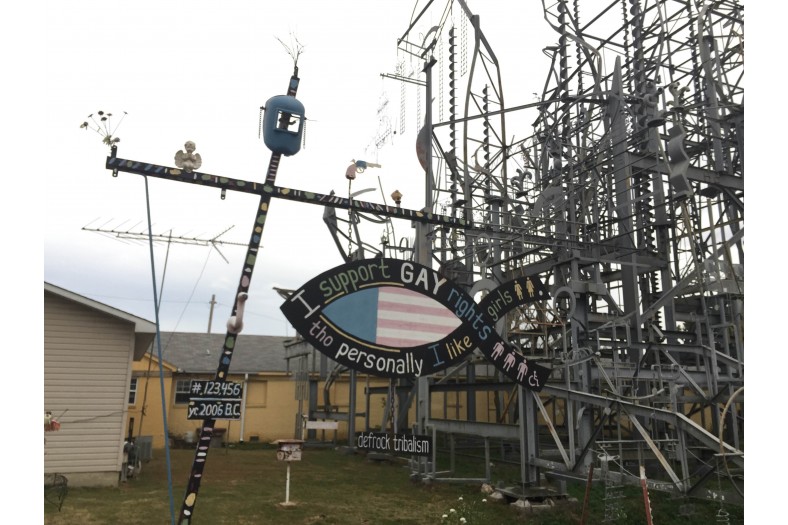

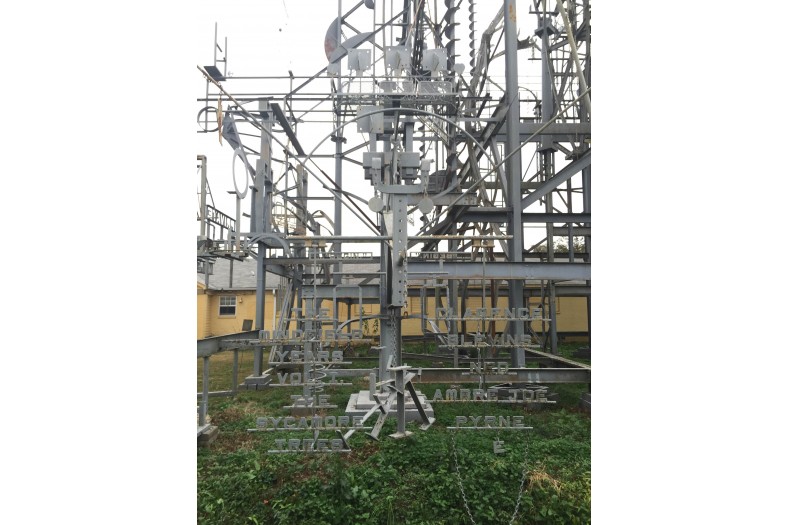
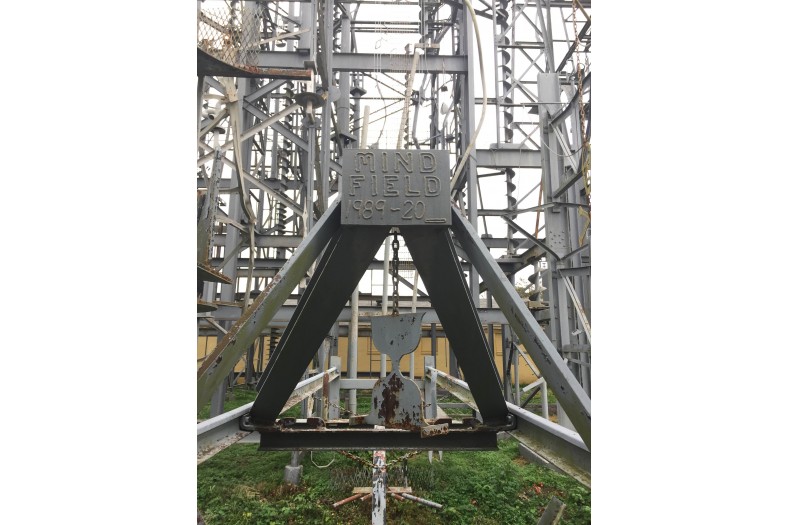
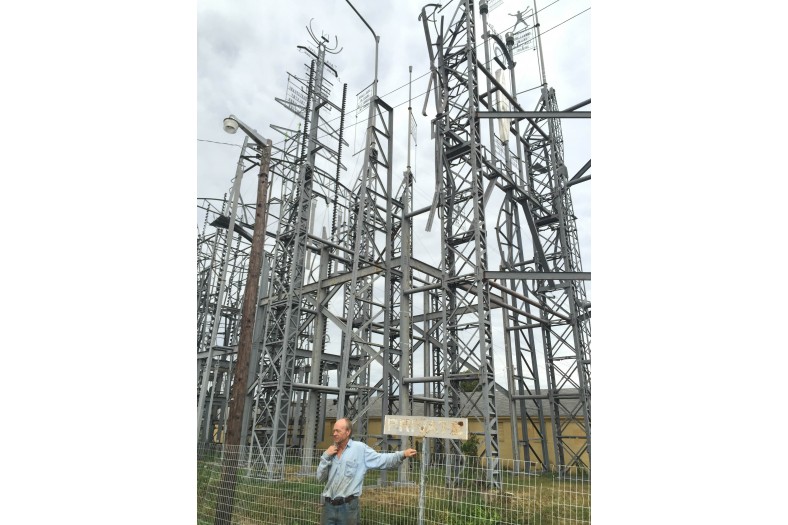
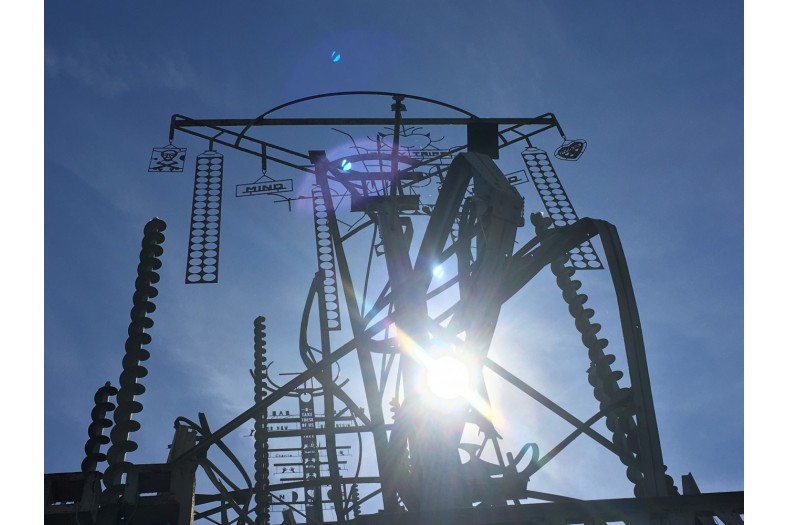
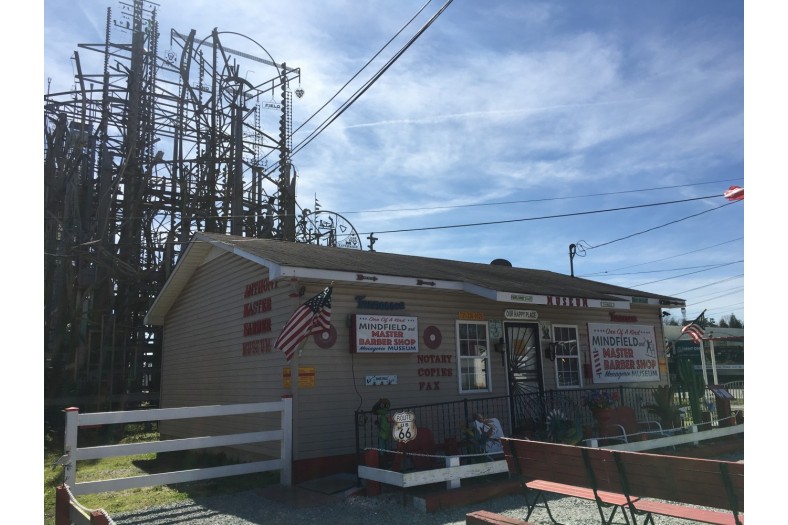
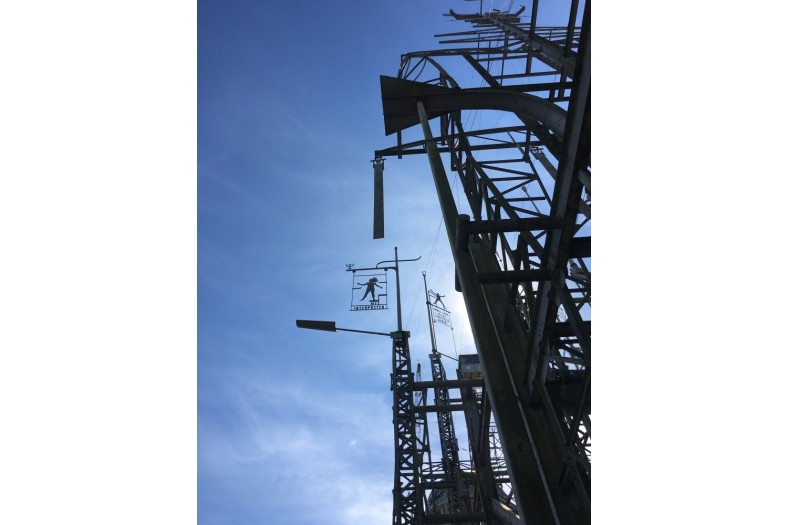
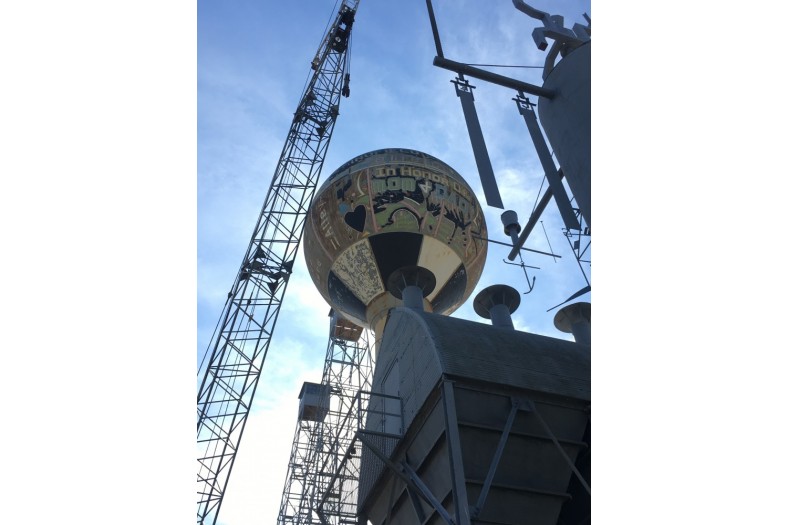

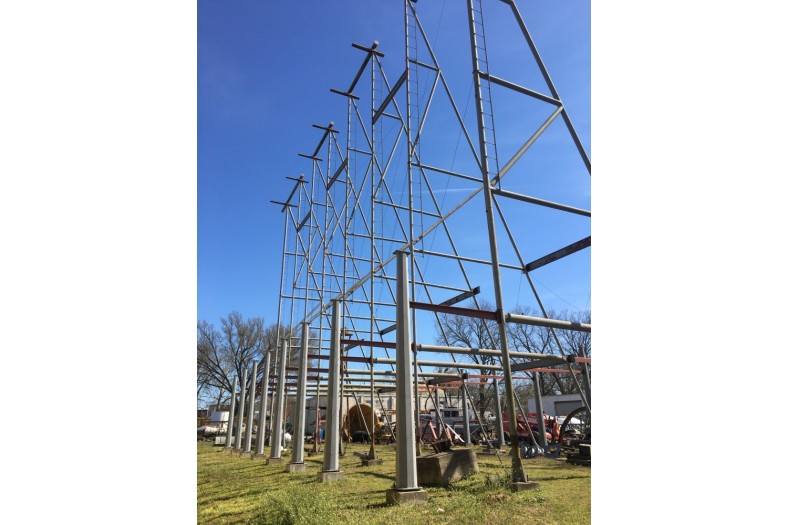

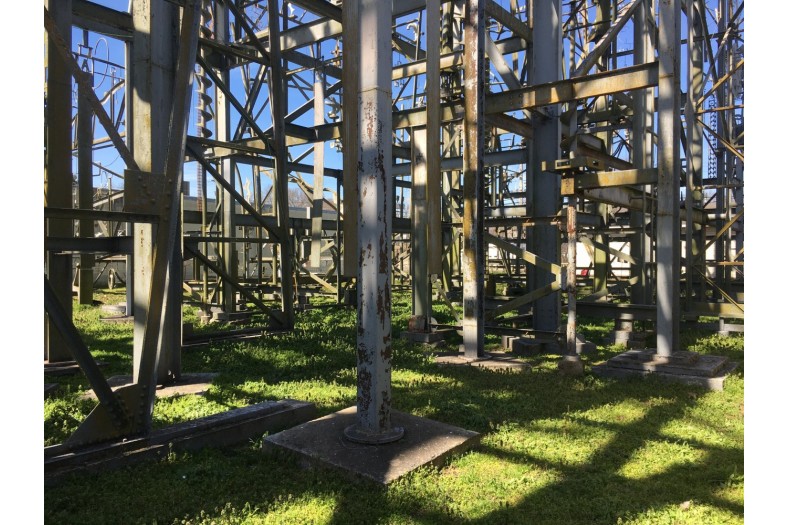
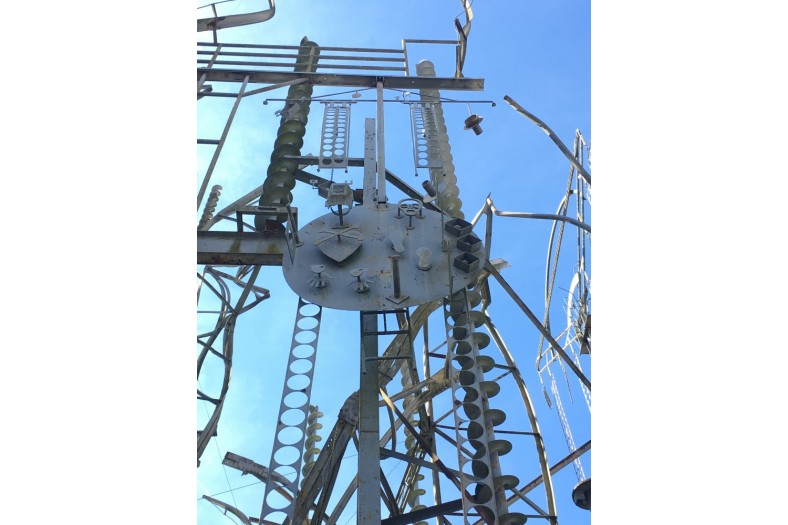
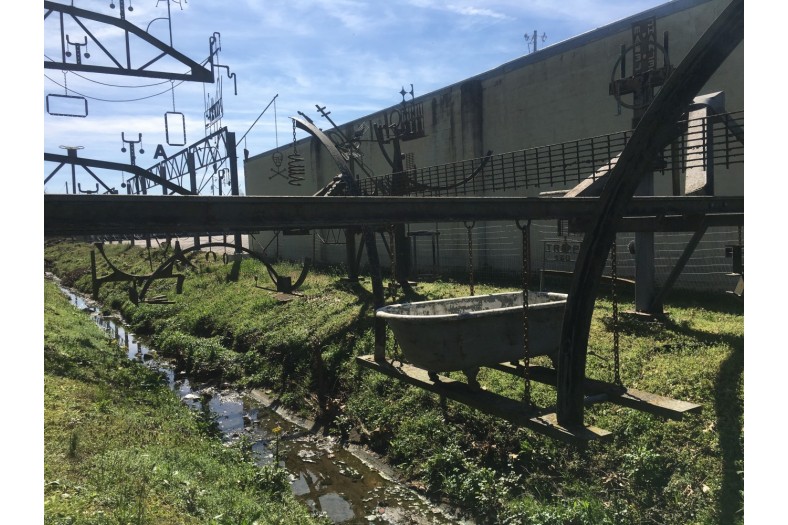
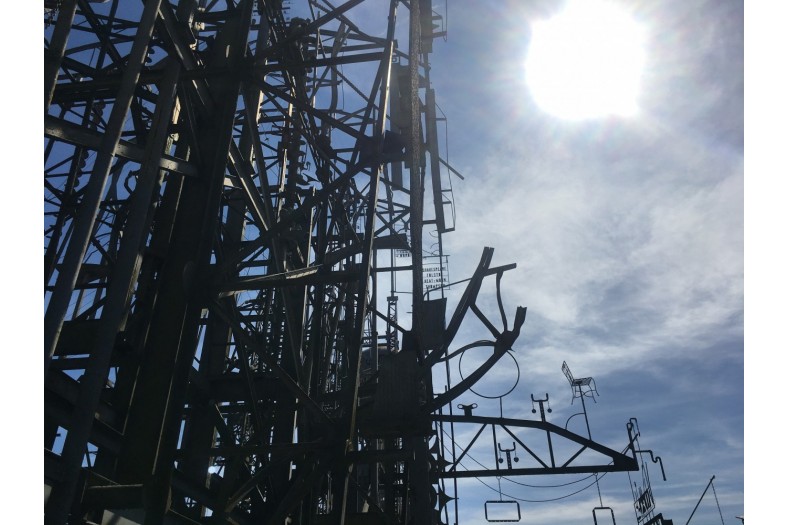
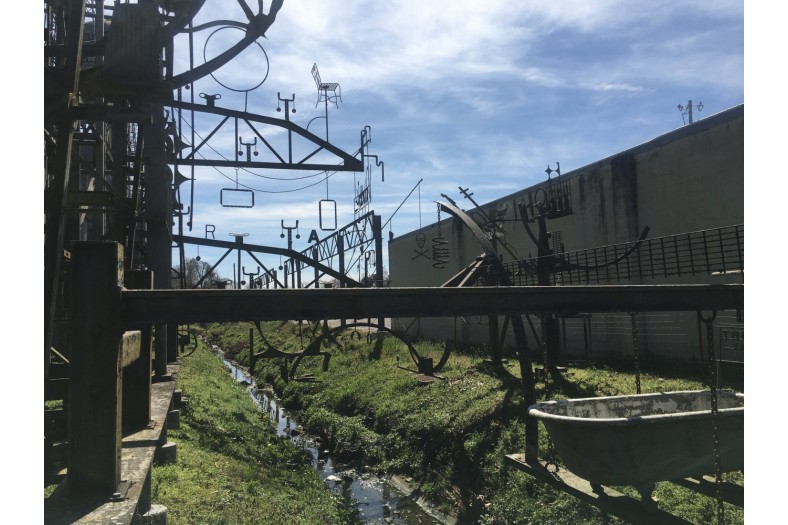
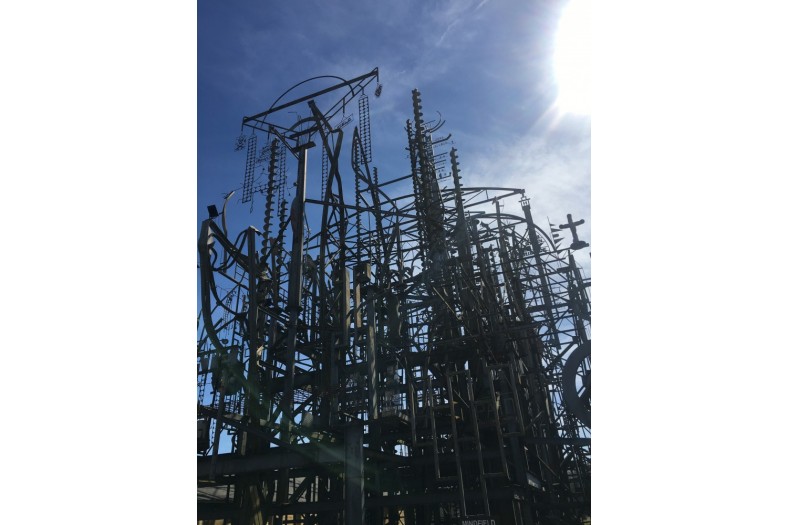
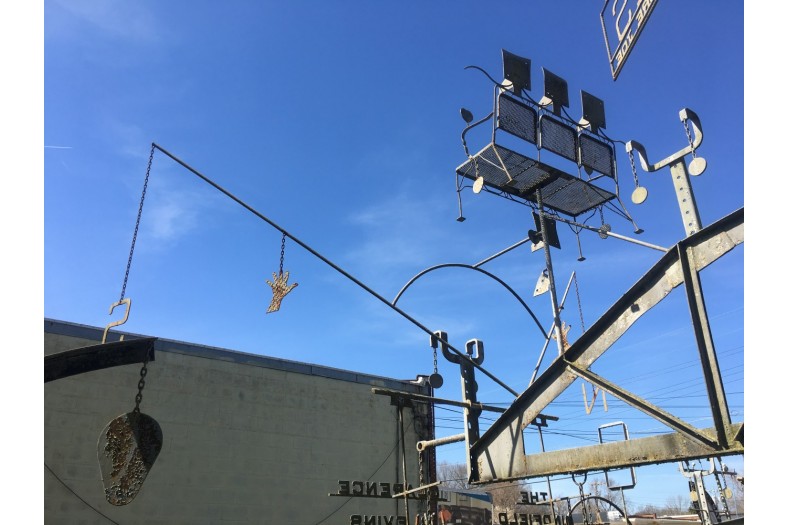
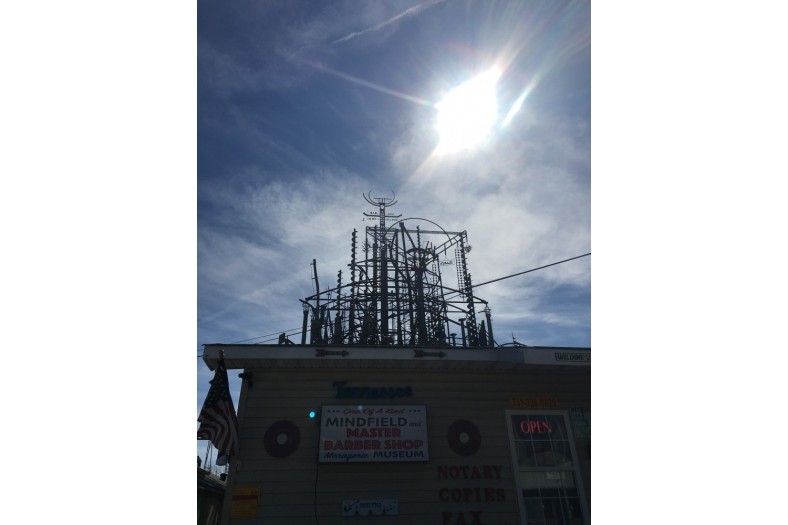
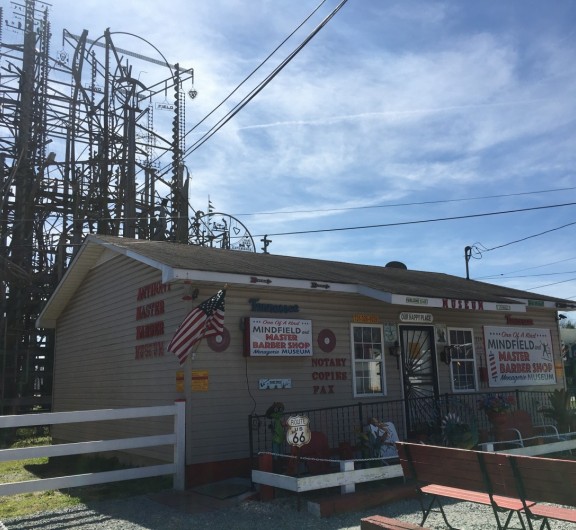
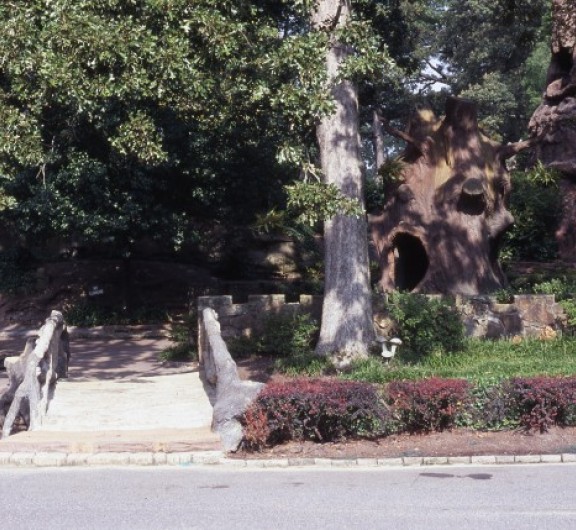
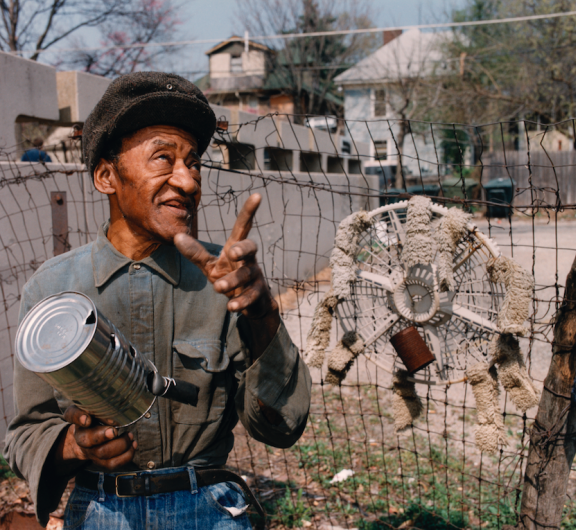
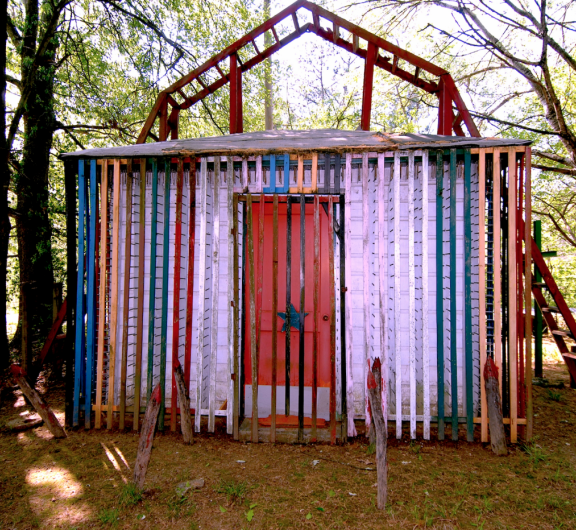
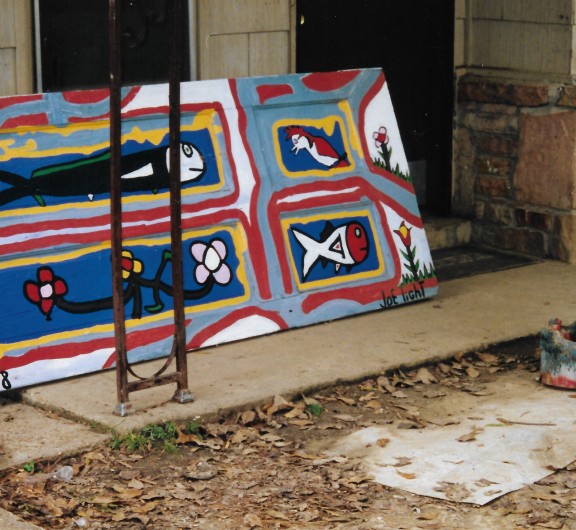
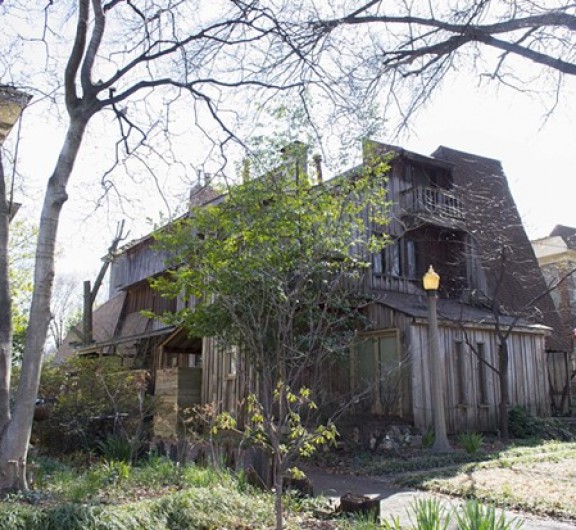

Post your comment
Comments
No one has commented on this page yet.